
Defying the Violence: Lebanon’s Visual Arts in the 1980s
Bd. 7 (2025)
December 17, 2025

December 17, 2025

May 14, 2025
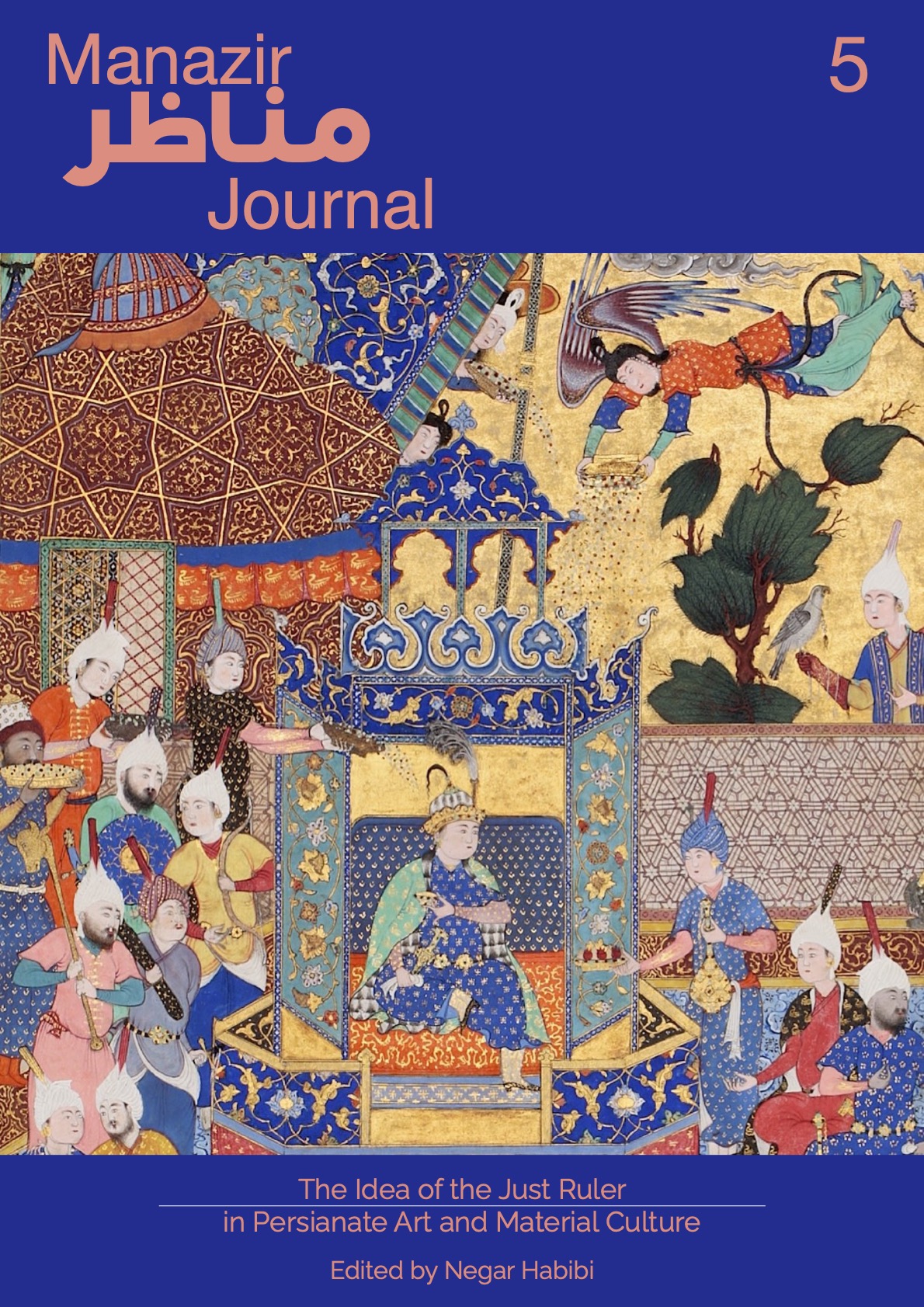
October 9, 2023
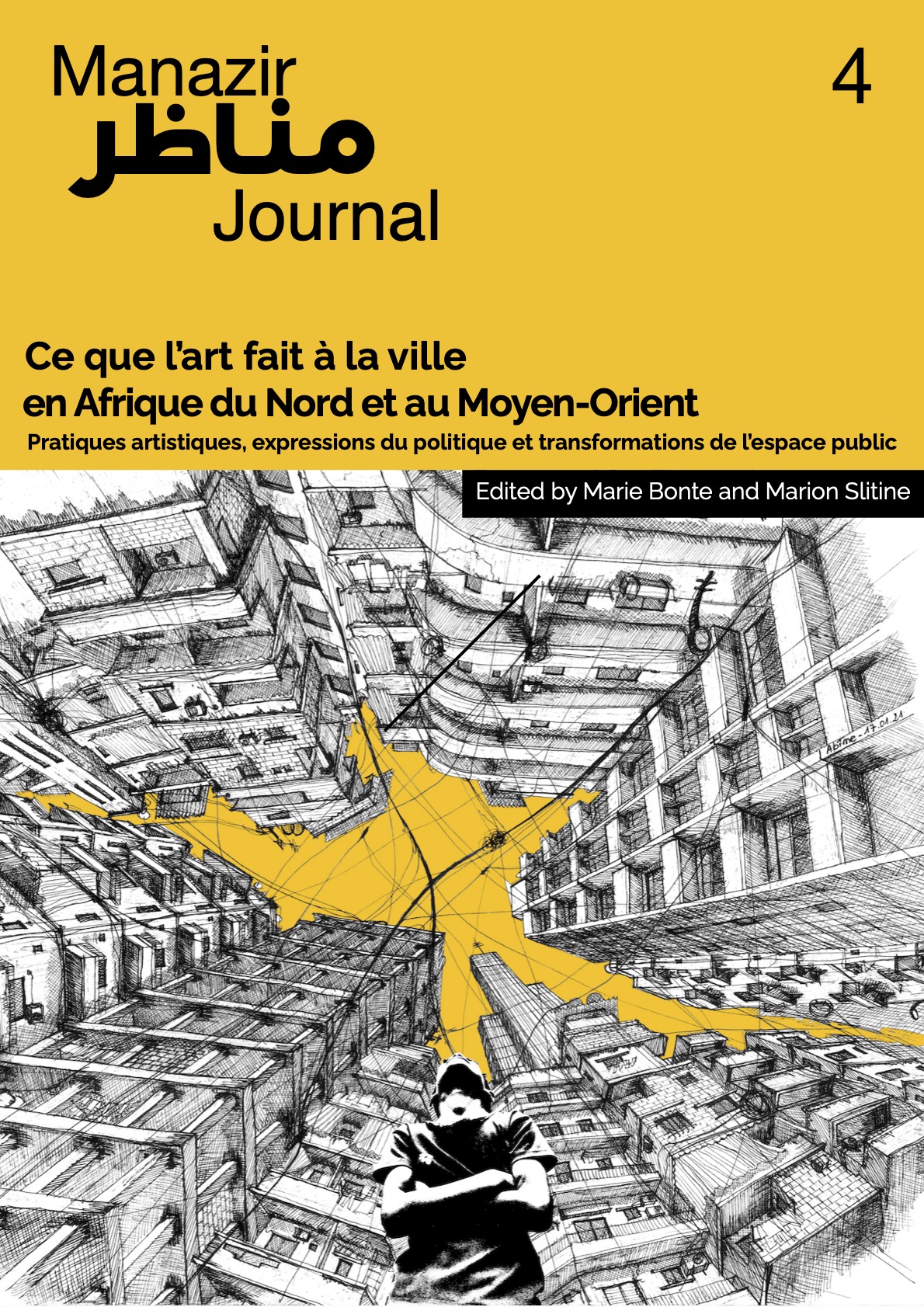
October 24, 2022
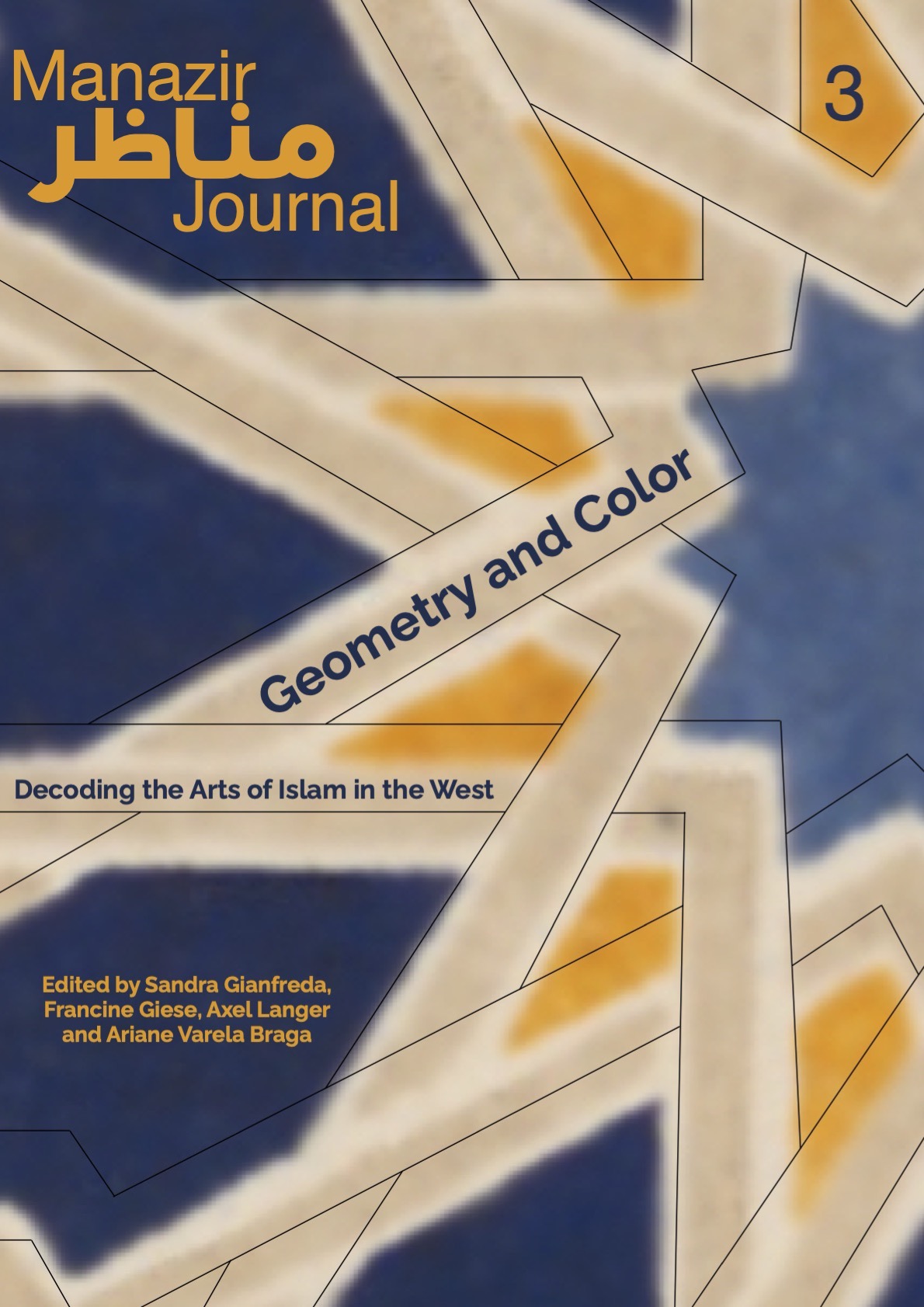
March 7, 2022
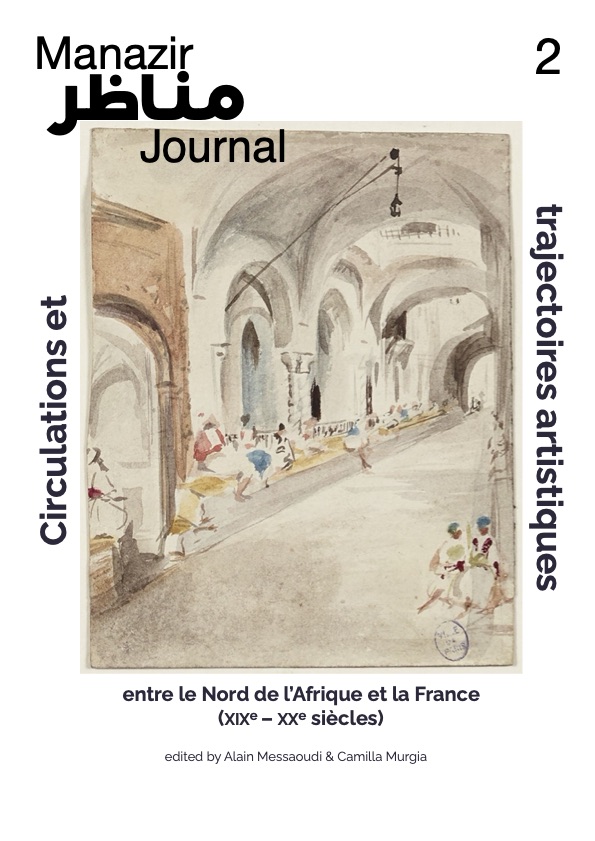
January 4, 2021
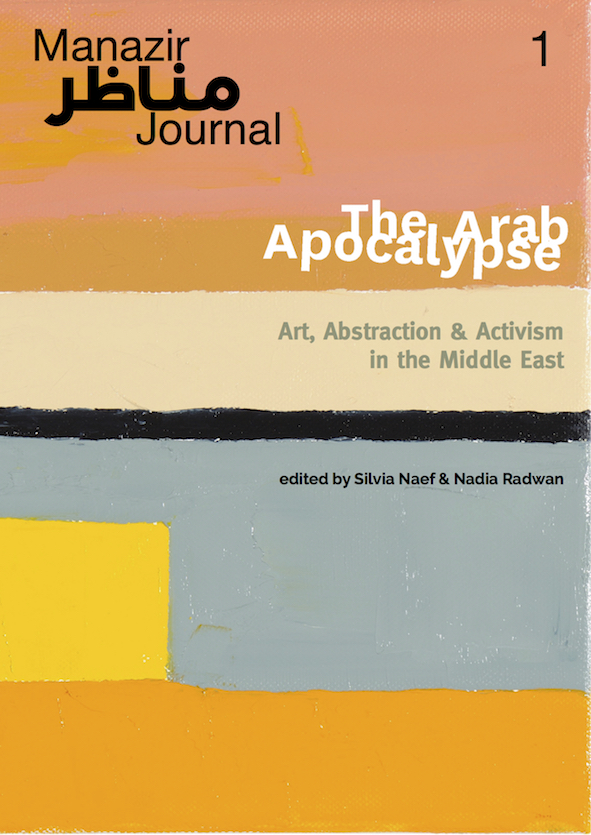
October 30, 2019